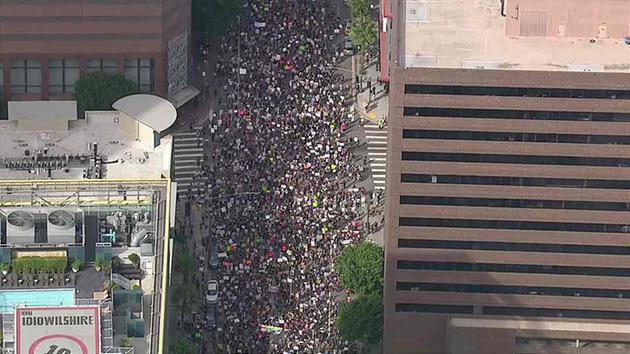Image by: Unknown
Tim Hetherington was a British photographer, human rights advocate, journalist, filmmaker, and communicator, until April 20th 2011, when he was killed in Libya. The country was in the middle of a civil war and he was there covering it, when a mortar hit his group, and the shrapnel caused Tim to bleed out and lose his life. Covering war led him coin term “the feedback loop”, which describes how the media informs the men and women at war about what is going on at home, and in turn they inform the media of what is going on with them. When trying to describe why he risks his life photographing in very dangerous situations and in war torn countries, he best explained it as “I want to connect with real people, to document them in real circumstances, where there aren’t any neat solutions”. Tim was like many other photojournalists, where they see suffering, and ask themselves, how well can they tell the story of these folks who are really working hard to get out of poverty, or situation.
Photo By: Tim Hetherington
Photo By: Todd Stoddart
Image Source: http://www.dailymail.co.uk/home/event/article-3100887/Don-McCullin-seen-ravages-war-horrifying-close-up.html 

Don McCullin is another British photojournalist and has been risking his life covering wars, for over 50 years now. He still continues to be a devoted photographer, even in his 80’s, stating “I know I haven’t got that many years left, and I need to devote them to photography”. He claims that his early motivators wasn’t to change people’s perceptions, it was to take good pictures and flaunt them to other photographers. His epiphany came in 1969 where he “should have been making people think the images I was making were of things that should be unacceptable in our world”. When he was watching kids dropping dead in front of him, changed his whole attitude on photojournalism. What Don McCullin was referring to is what Ed Kashi refers to as “advocacy journalism, where the goal is tell visual stories that not only inform viewers but also inspire them to find activist solutions to social problems”
Photo By: Don McCullen
Image Source: https://donmccullin.com/don-mccullin/
.
Photo by: Unknown
Photo by: Unknown
Gordon Parks is a photojournalist and humanitarian with a focus on “social justice, race relations, poverty, civil rights, and urban life”, according to the foundations website. He worked for Life magazine for 20 years, capturing subjects that were related to racism and poverty. He documented the Civil Rights Movement and was a tireless advocate as well. According to Gordon Parks, “in the early days of racism, it only made me work all that much more to prove to the world that I could do this. You first have to have desire, then the courage to fulfill that desire”.
Photo By: Gordon Parks
Image source: http://masteringphoto.com/gordon-parks/
My personal motivators are not as extravagant as other people but in a nutshell, this is what motivates me. My biggest motivator has and always will be my son. He is what keeps me going when all I want to do is give up sometimes. I keep going because I want to be able to provide him a better life than what I had growing up, and to instill a drive in him to never give up. The photojournalists that I researched all had a motivator to advocate for social issues plaguing our world, and that is very noble of them. My calling is not as big as theirs but a small change in the cycle of poverty and doing the best I can as a mother, plays a small role in breaking the chains that binds many minorities and people of color. Our children are always set up for failure because of our color and background, and helping my son break those chains can help prepare him to be a better man of color when he grows up. Money is always a motivator for most people. No matter how much we don't want to be tied down to it, it is a huge factor in everything we do directly or indirectly. I am sure that the best photojournalists, would not have been able to do what they did if they could not afford all the equipment they own. My boyfriend is the little voice that is constantly saying keep going and rooting for me, every step that I go. I tend to second guess myself a lot and he is always putting all his faith in me, which helps by pushing me to accomplish my goals. Lastly, personal growth is something that I am sure everyone aspires for. For them it was photojournalism, for me it is education, Nursing in particular. As I get older, I don't want to be stuck doing the same thing I was doing 10 years ago and so on. For all of us it is finding our own purpose in life, and what we contribute to our society. This gives us an opportunity to self-actualize ourselves and be the best people we can be.










